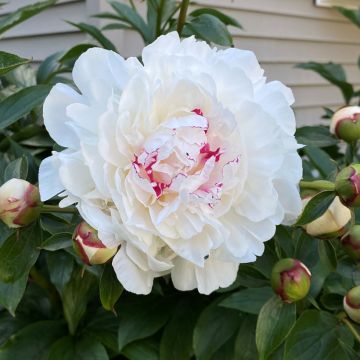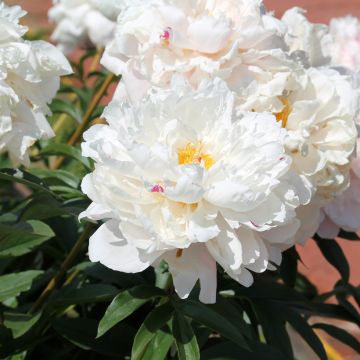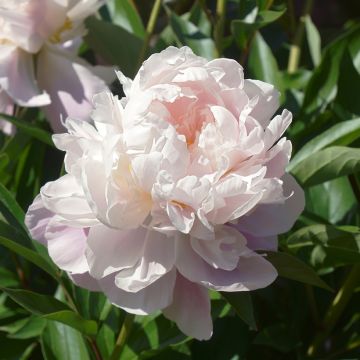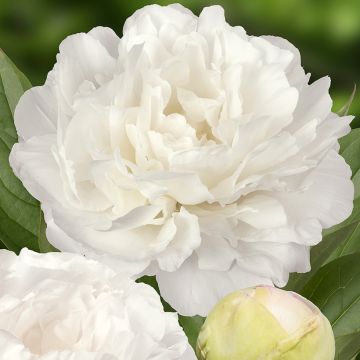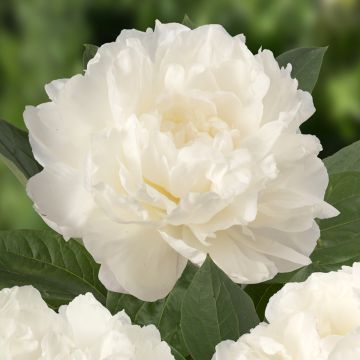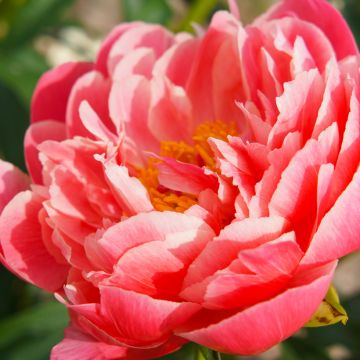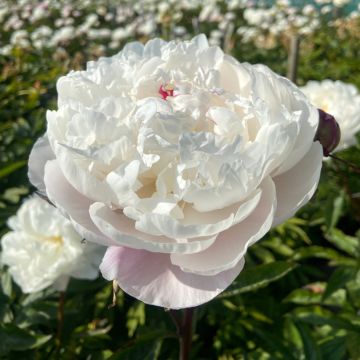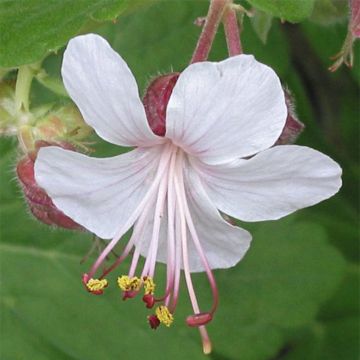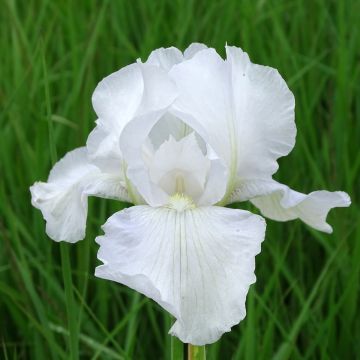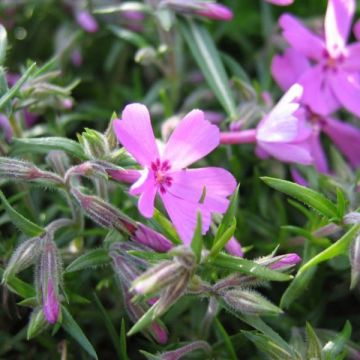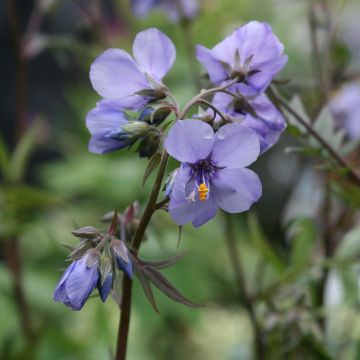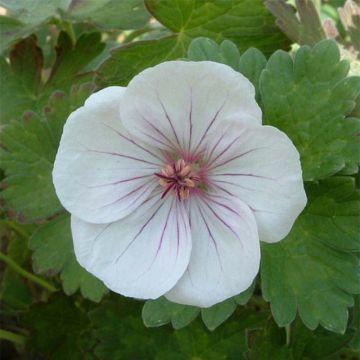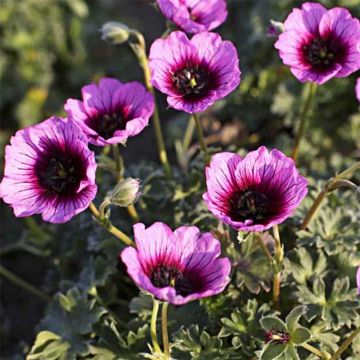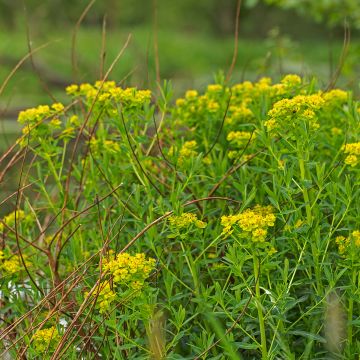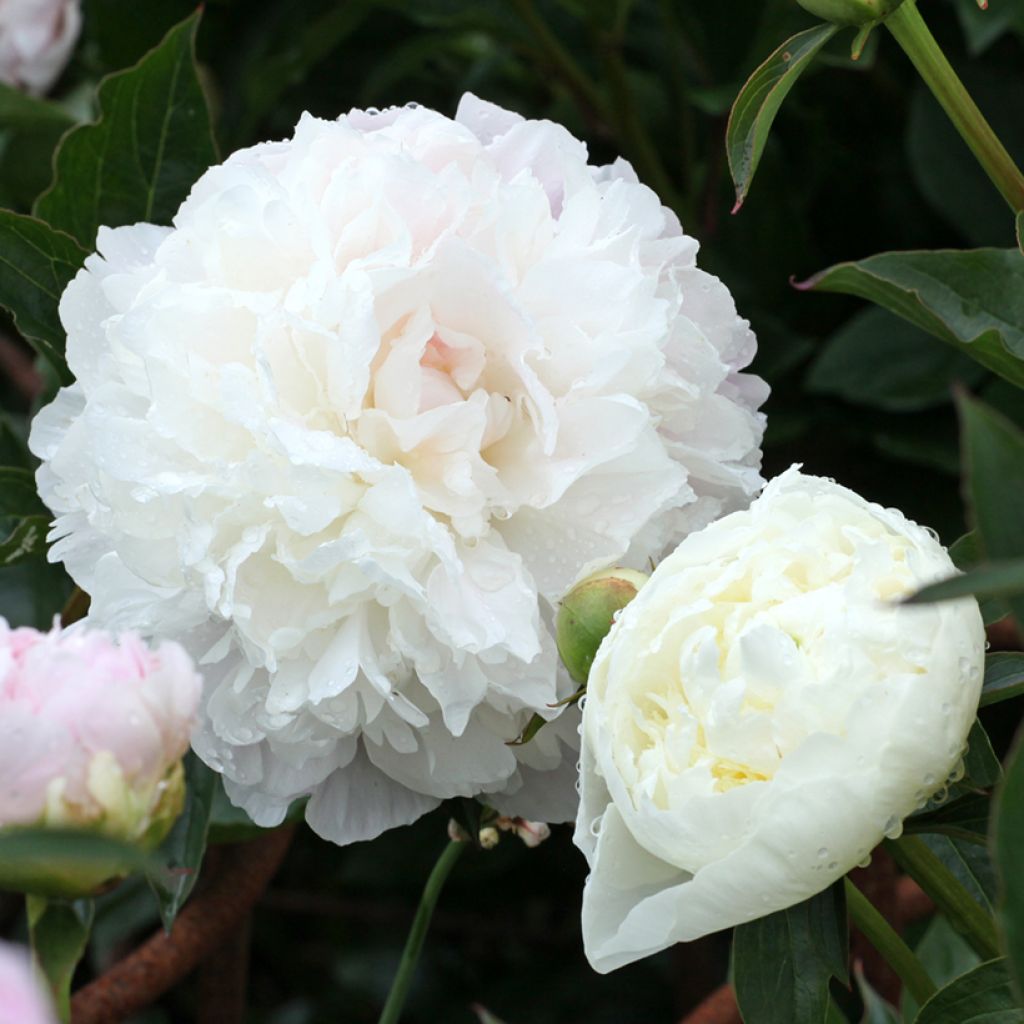

Paeonia lactiflora Duchesse de Nemours
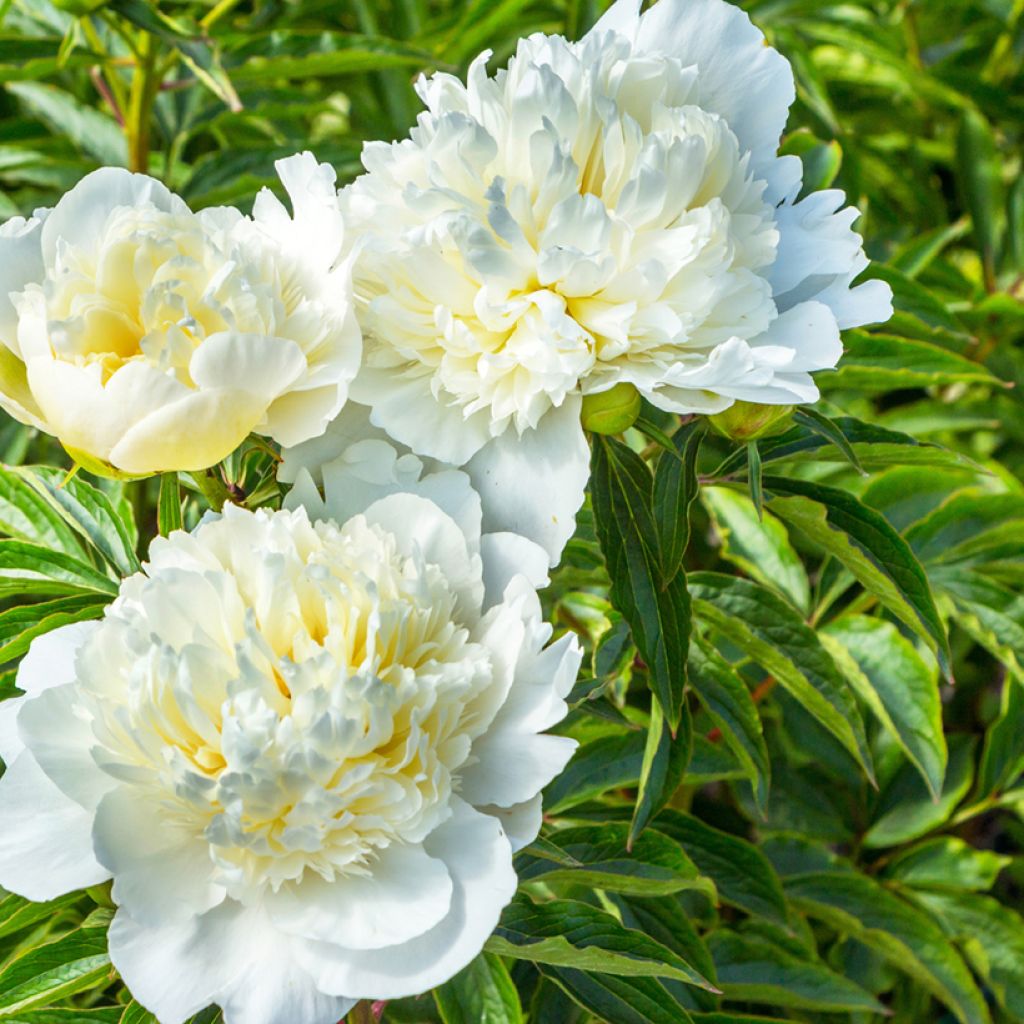

Paeonia lactiflora Duchesse de Nemours
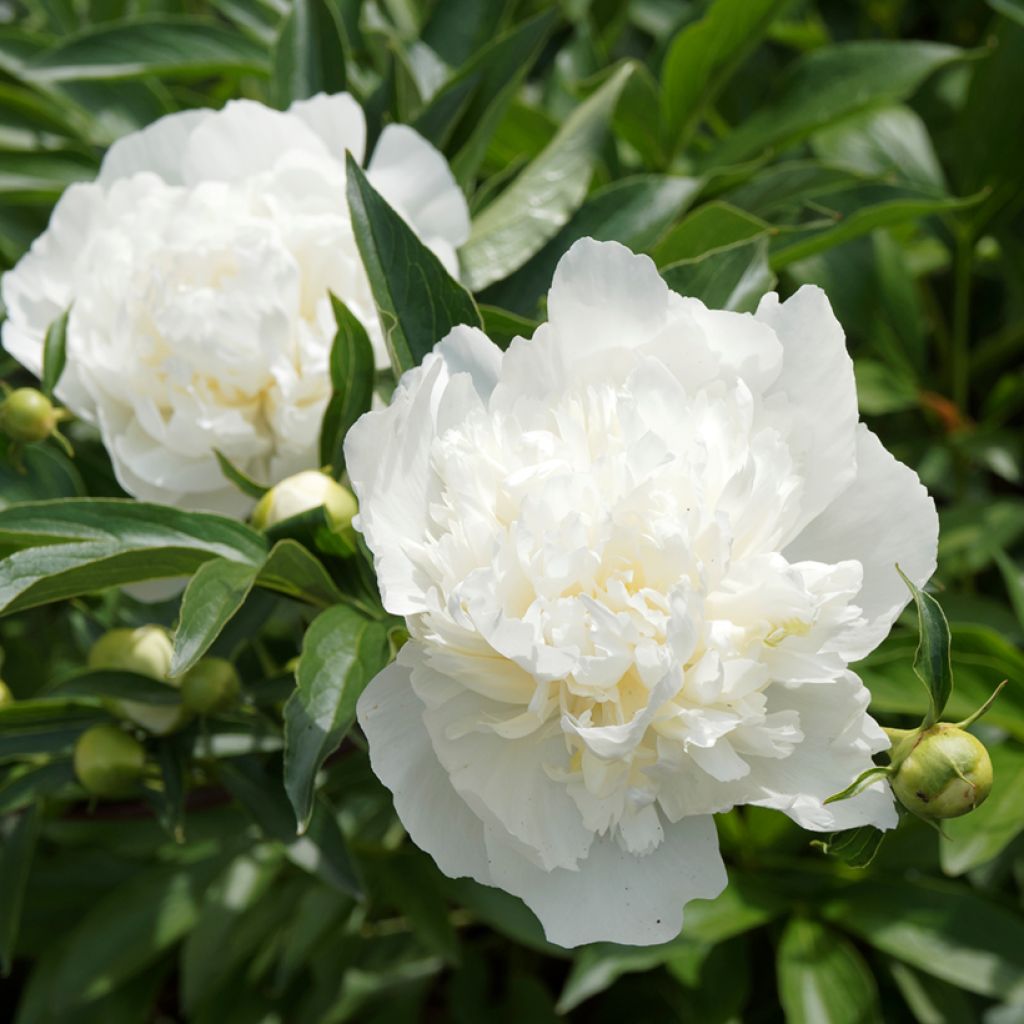

Paeonia lactiflora Duchesse de Nemours
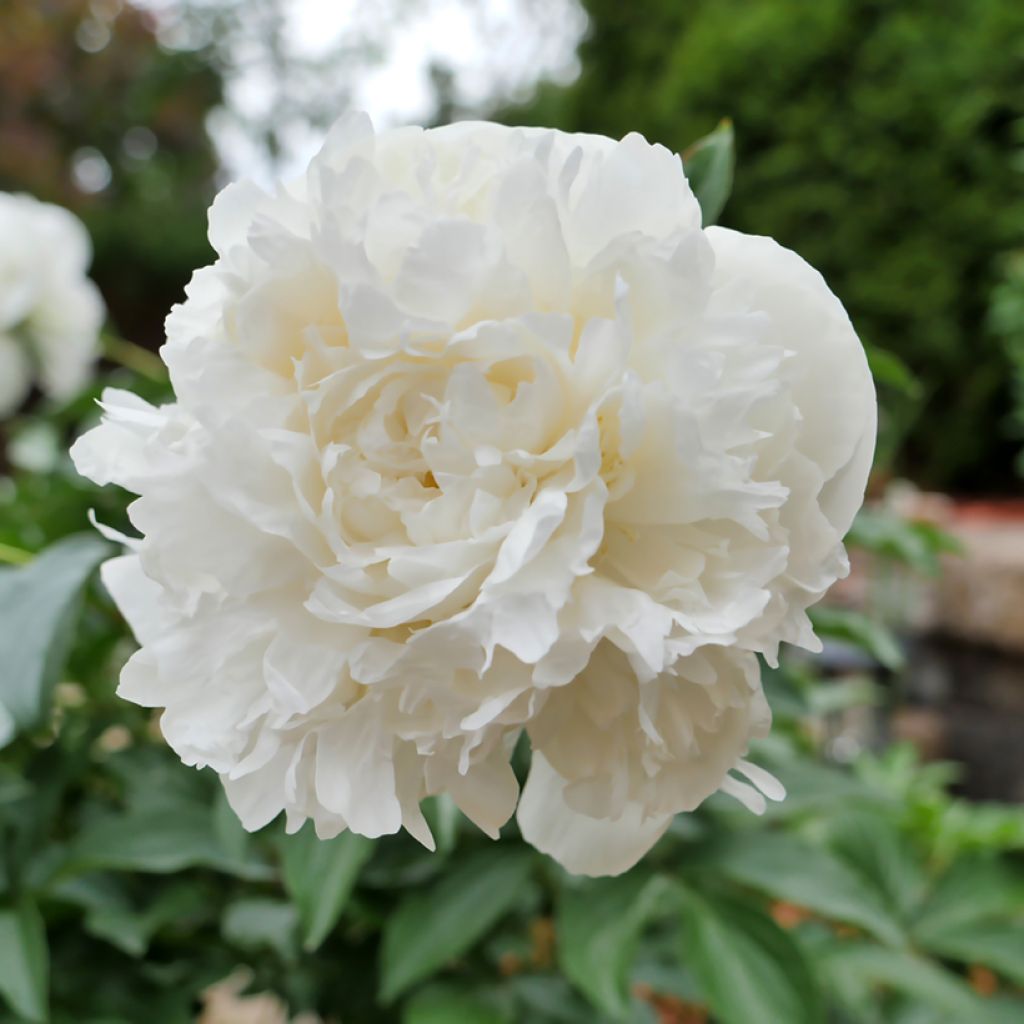

Paeonia lactiflora Duchesse de Nemours
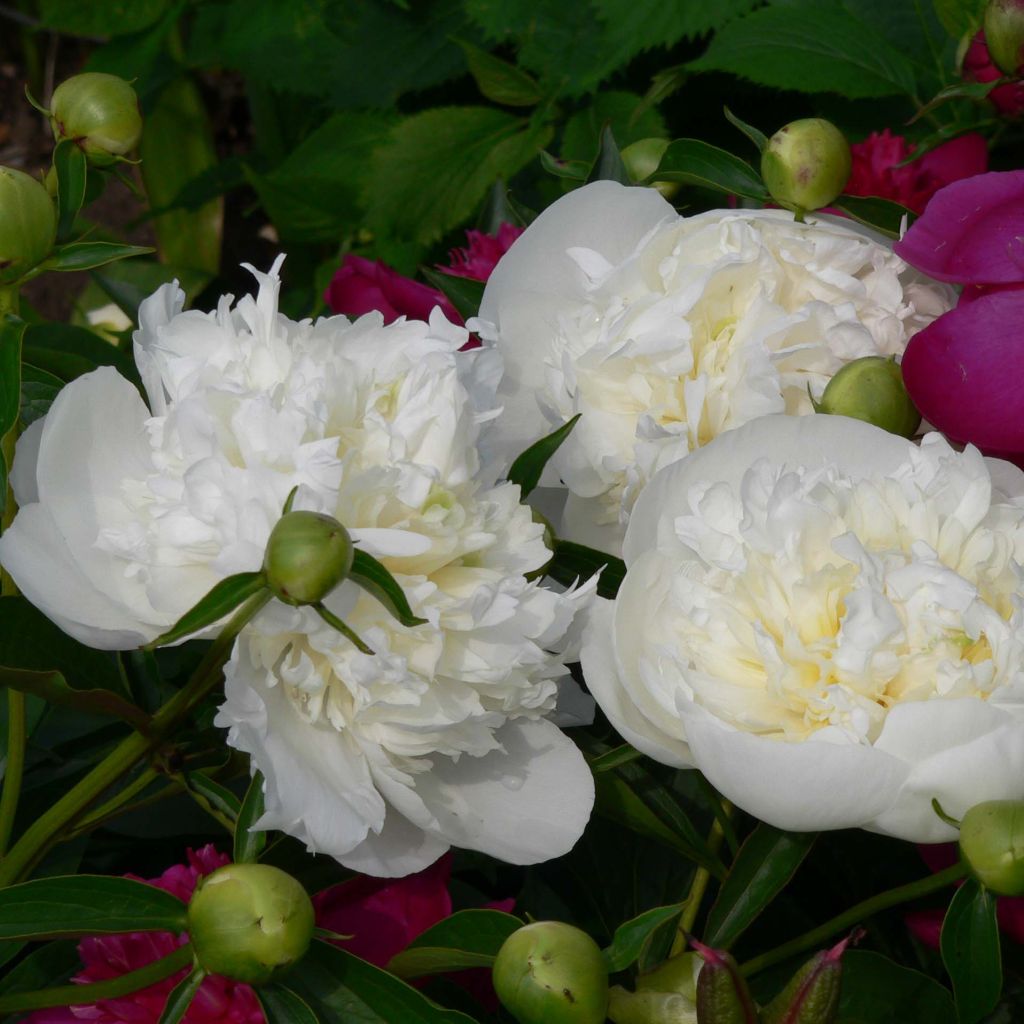

Paeonia lactiflora Duchesse de Nemours
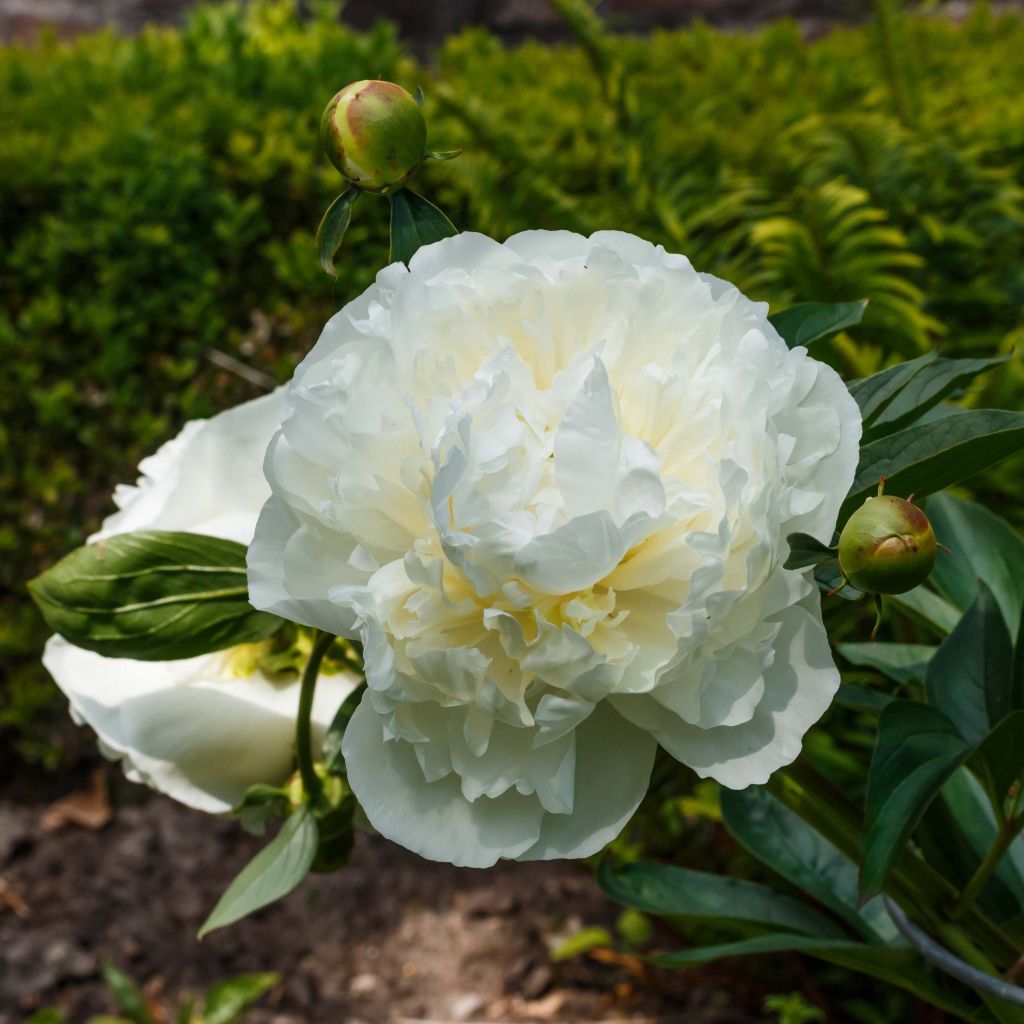

Paeonia lactiflora Duchesse de Nemours
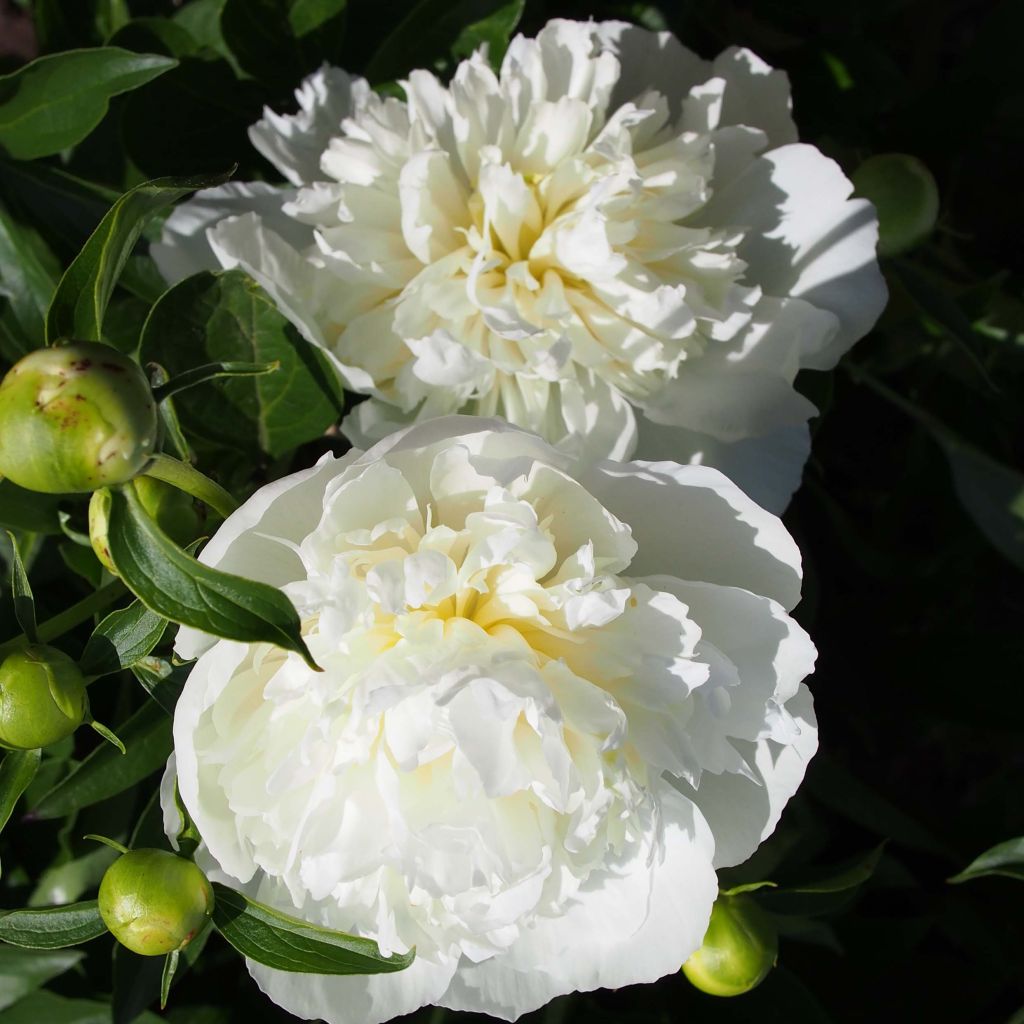

Paeonia lactiflora Duchesse de Nemours
Paeonia lactiflora Duchesse de Nemours
Paeonia x lactiflora Duchesse de Nemours
Chinese Peony, Common Garden Peony
This item cannot be shipped to the selected country
Delivery charge from €6.90
Delivery charge from €6.90
More information
Delivery charge from €6.90
Delivery charge from €6.90
More information
Schedule delivery date,
and select date in basket
This plant carries a 12 months recovery warranty
More information
We guarantee the quality of our plants for a full growing cycle, and will replace at our expense any plant that fails to recover under normal climatic and planting conditions.
From €7.90 for pickup delivery and €6.90 for home delivery
Express home delivery from €8.90.
From €7.90 for pickup delivery and €6.90 for home delivery
Express home delivery from €8.90.
Does this plant fit my garden?
Set up your Plantfit profile →
Description
Paeonia lactiflora Duchesse de Nemours is one of those Peony varieties that bloomed faithfully in the gardens of yesteryear, providing beautiful flowers for festive tables. Surviving the passing fads and whims of time, it remains with us, always lavish, offering its beautiful double flowers, tinged with green when in bud. In this variety the outer petals, shaded with green at the base, spread out like a collar around a heart of small ruffled petals, tinted with soft canary yellow. The beauty of the flowers is accompanied by a pleasant fragrance, which can be enjoyed from the beginning of the peony season. Easy to grow, Chinese Peonies thrive in loose and moist soil, in sunny locations. Robust and faithful, they sometimes take a little time to establish themselves, but they grow year after year and can live well over 50 years, outlasting the person who planted them.
Chinese herbaceous peonies are mainly derived from Paeonia lactiflora, a perennial herbaceous plant native to Central and Eastern Asia (from eastern Tibet, northern China, to eastern Siberia), where it naturally grows in woods and meadows. This plant belongs to the Ranunculaceae or Paeoniaceae family.
The variety Duchesse de Nemours is an old French creation by Jacques Calot, dating back to 1856. The plant forms an herbaceous and bushy clump from spring onwards, reaching about 80-90 cm (32-35in) in all directions. Its anemone-type flowers, 13 cm (5in) wide, appear in May, more or less early depending on the climate, for about two to three weeks. They emerge as large tender green buds. These open up to reveal a flat collar of spread-out petals, wider than those that make up the artfully disordered central 'pompom', where white, pale yellow, and very pale green blend together. The vegetation of this variety is good and its foliage very healthy. The young purple and shiny foliage unfolds into large light green and deeply cut leaves. They are borne on a petiole that divides into 3, with lanceolate or ovate-lanceolate segments. The leaflets are either entire or sometimes lobed. The vegetation disappears in winter, while the buds persist at ground level and will develop again in spring. This very perennial plant grows from a large fleshy root that does not appreciate being moved.
Peonies are among those plants that form the foundation of a garden. In the past every garden, from the humblest to the most elaborate, proudly displayed clumps of peonies that made their way into the house, keeping lilacs and bluebells company in bouquets. Elegant and beautifully scented, the Chinese peony Duchesse de Nemours thrives in flowerbeds or alongside pathways, associated with timeless perennials such as columbines, bellflowers, foxgloves, bearded irises, carnations, or Christmas roses. It can also be grown in the vegetable garden to supply cut flowers for the house. Growing it in a pot is not recommended, as its needs will not be met. Over time, the peony becomes majestic and blooms more and more abundantly, producing up to 60 flowers.
Paeonia lactiflora Duchesse de Nemours in pictures
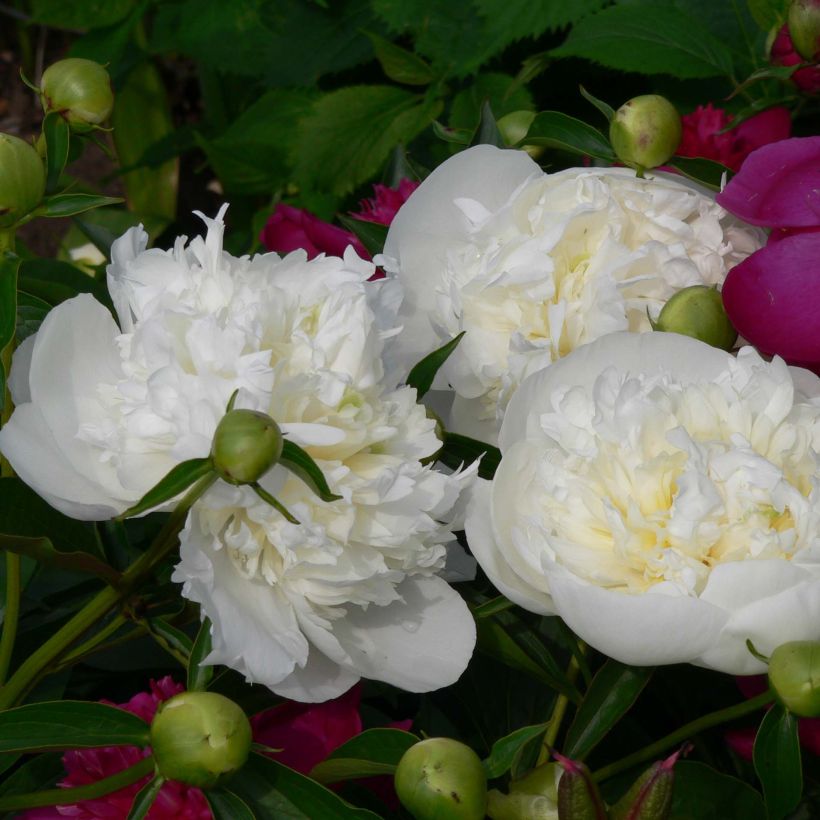

Flowering
Foliage
Plant habit
Botanical data
Paeonia
x lactiflora
Duchesse de Nemours
Ranunculaceae
Chinese Peony, Common Garden Peony
Cultivar or hybrid
Other Herbaceous and hybrid Peonies
Planting and care
The best time to plant peonies is in autumn. Install in a sunny or well-lit location, spaced 60 cm (24in) apart. They appreciate cold winters that promote dormancy and flower formation. The soil should be loose, deep, fertile, and moist. They need space and are sensitive to competition from other species. Prepare a hole 50 cm (20in) deep and mix organic fertiliser into your soil, partially backfill, place your plants inside, and cover with 6 cm (2in) of soil above the eyes. After planting, tamp down and water generously. Our bouquet tip: cut your peonies at sunrise when the buds start to colour. Don't delay in putting them in water.
Planting period
Intended location
Care
-
, onOrder confirmed
Reply from on Promesse de fleurs
Spring flowering perennials
Haven't found what you were looking for?
Hardiness is the lowest winter temperature a plant can endure without suffering serious damage or even dying. However, hardiness is affected by location (a sheltered area, such as a patio), protection (winter cover) and soil type (hardiness is improved by well-drained soil).

Photo Sharing Terms & Conditions
In order to encourage gardeners to interact and share their experiences, Promesse de fleurs offers various media enabling content to be uploaded onto its Site - in particular via the ‘Photo sharing’ module.
The User agrees to refrain from:
- Posting any content that is illegal, prejudicial, insulting, racist, inciteful to hatred, revisionist, contrary to public decency, that infringes on privacy or on the privacy rights of third parties, in particular the publicity rights of persons and goods, intellectual property rights, or the right to privacy.
- Submitting content on behalf of a third party;
- Impersonate the identity of a third party and/or publish any personal information about a third party;
In general, the User undertakes to refrain from any unethical behaviour.
All Content (in particular text, comments, files, images, photos, videos, creative works, etc.), which may be subject to property or intellectual property rights, image or other private rights, shall remain the property of the User, subject to the limited rights granted by the terms of the licence granted by Promesse de fleurs as stated below. Users are at liberty to publish or not to publish such Content on the Site, notably via the ‘Photo Sharing’ facility, and accept that this Content shall be made public and freely accessible, notably on the Internet.
Users further acknowledge, undertake to have ,and guarantee that they hold all necessary rights and permissions to publish such material on the Site, in particular with regard to the legislation in force pertaining to any privacy, property, intellectual property, image, or contractual rights, or rights of any other nature. By publishing such Content on the Site, Users acknowledge accepting full liability as publishers of the Content within the meaning of the law, and grant Promesse de fleurs, free of charge, an inclusive, worldwide licence for the said Content for the entire duration of its publication, including all reproduction, representation, up/downloading, displaying, performing, transmission, and storage rights.
Users also grant permission for their name to be linked to the Content and accept that this link may not always be made available.
By engaging in posting material, Users consent to their Content becoming automatically accessible on the Internet, in particular on other sites and/or blogs and/or web pages of the Promesse de fleurs site, including in particular social pages and the Promesse de fleurs catalogue.
Users may secure the removal of entrusted content free of charge by issuing a simple request via our contact form.

































